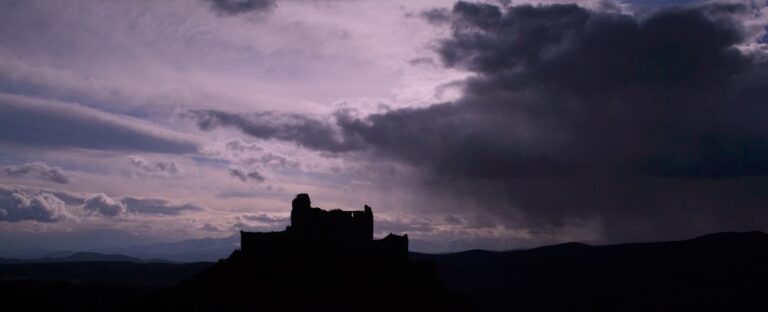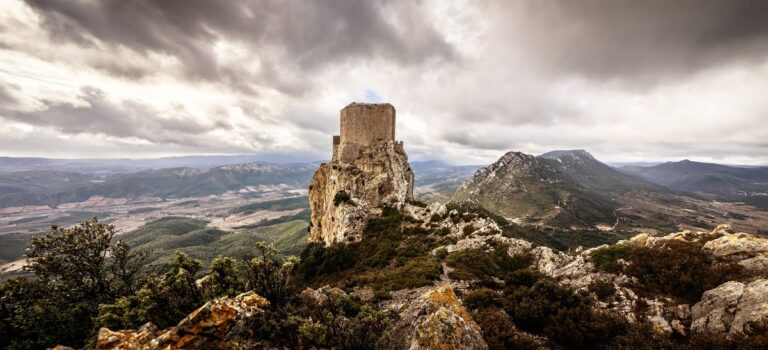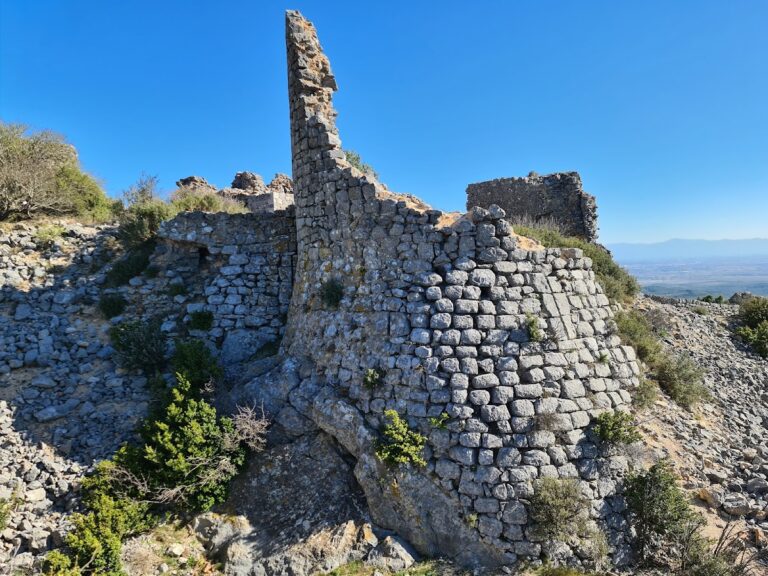Château de Tautavel: A Medieval Fortress in France
Visitor Information
Google Rating: 4.5
Popularity: Very Low
Google Maps: View on Google Maps
Official Website: www.les-pyrenees-orientales.com
Country: France
Civilization: Unclassified
Remains: Military
History
The Château de Tautavel is a medieval fortress located in the village of Tautavel, France. It was constructed by the Catalan people in a region historically known as Rosselló or Northern Catalonia.
The castle appears in historical records as early as 1011, when Bernard Taillefer, Count of Besalú, transferred ownership to his son Guillem. Further mention occurs in Bernard’s testament dated 1020, where the site is referred to as “Taltevolo” or “Talteüll,” indicating the castle’s longstanding presence and local significance during the early Middle Ages.
In the early 1200s, the castle came under the control of the Vernet family through feudal grants. By 1261, Ponç Hug, Count of Empúries, acquired the estate but sold it in 1269 to the infant Jaume, who later became James II of Mallorca. Shortly after this transaction, Jaume enfeoffed the castle to Guillem de Talteüll, reinforcing its ties to local noble lineages. In 1286, the castle underwent fortification improvements coinciding with military campaigns against the Crown of Aragon, reflecting its strategic importance in regional conflicts. Subsequently, Château de Tautavel returned to royal ownership.
Throughout the following centuries, the castle frequently changed hands among various castellans, serving as a manorial and defensive site. However, by the middle of the 15th century, it had fallen into ruin and ceased to function as a fortress. The 17th century brought further decline when French forces systematically dismantled the castle’s defenses. Notably, in 1639, the stronghold was captured by the army led by the Condé, underlining its involvement in broader military struggles of the time.
Since March 17, 1986, the castle has been recognized as a protected historic monument in France, acknowledging its cultural and historical value.
Remains
The ruins of Château de Tautavel occupy a narrow rocky ridge that overlooks the village, with fortifications stretching roughly 200 meters along a northeast-southwest axis. This layout closely follows the rocky spur’s natural contours, a characteristic also found in contemporary castles situated just north of the Catalan-Occitan border, such as Perapertusa, Puillorenç, and Querbús. The main enclosure at the southwestern end extends approximately 50 meters in length and 11.5 meters across, embodying the castle’s core defensive area.
Constructed mainly between the 11th and 13th centuries, the castle’s masonry is notable for large, carefully cut ashlar blocks measuring around 30 by 45 centimeters. These stones are arranged in regular horizontal courses and bonded with lime mortar. Two distinct phases of construction are evident in the remaining walls, indicating development and modifications over time.
Among the surviving architectural elements is the Torrassa, identified as the main structure where the lord’s chambers were located. An entrance gate on the eastern side of the enclosure also survives, marking the original access point into the fortress. The northern portion of the main enclosure houses the best-preserved wall, standing approximately 15 meters tall. Within this area, fragments of internal walls and cisterns—used for water storage—remain visible, pointing to practical aspects of castle life and defense.
Down the slope from the main construction lie the remnants of a circular tower that once served as a bastion. Although partially collapsed, this tower would have formed part of the castle’s defensive system. To the east and downhill, there are traces of a straight wall nearly 50 meters in length, believed to have belonged to a chapel dedicated to Santa Maria. This southern section of the castle dates from the 13th century and is considered a later addition compared to the older northern zone.
Below the main castle on the eastern slope, numerous walls reveal the presence of an earlier settlement corresponding to the original village of Talteüll, highlighting the site’s continuous occupation and importance prior to and during the castle’s existence.










